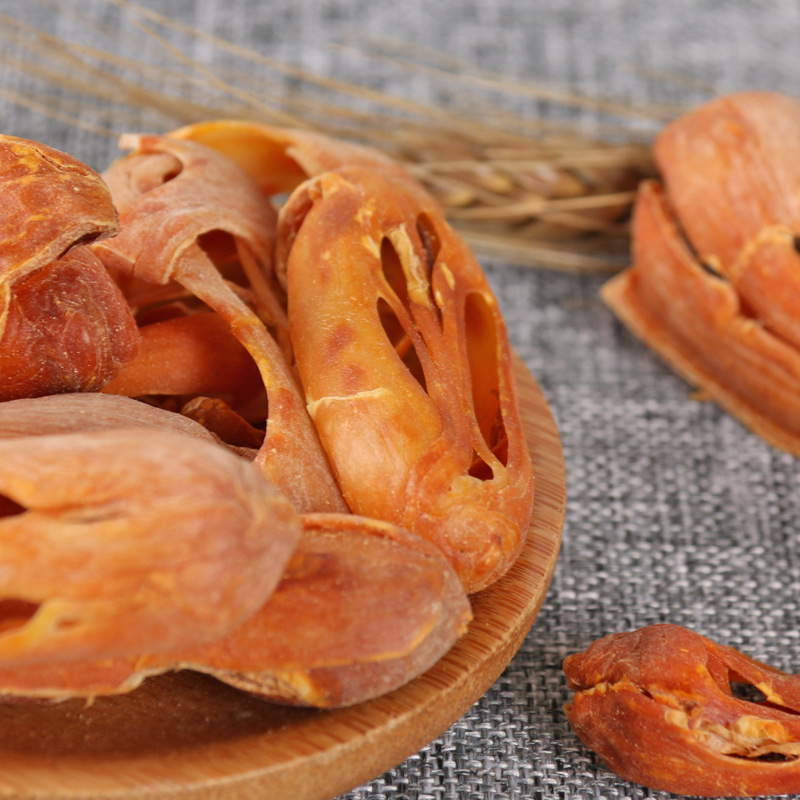Mace
Mace is the aril (the bright red, lacy covering) of the nutmeg seed shell. The mace is removed from the shell and its broken parts are known as blades.
Mace, spice consisting of the dried aril, or lacy covering, of the nutmeg fruit of Myristica fragrans, a tropical evergreen tree. Mace has a slightly warm taste and a fragrance similar to that of nutmeg. It is used to flavour bakery, meat, and fish dishes; to flavour sauces and vegetables; and in preserving and pickling.
In the processing of mace, the crimson-coloured aril is removed from the nutmeg that it envelops and is flattened out and dried for 10 to 14 days; its colour changes to pale yellow, orange, or tan. Whole dry mace consists of flat pieces—branched or segmented, smooth, horny, and brittle—about 40 mm (1.6 inches) long.
The history of mace is closely tied to the history of nutmeg for obvious reasons, though the two items have been treated separately . Because the yield of mace is much less than nutmeg’s it has had greater value. A pile of fruit large enough to make one hundred pounds of nutmeg produces a single pound of mace.

1.Bouquet: sweet and fragrant, similar to nutmeg, but stronger.
2.Flavour: warm. sharp and aromatic, more intense and slightly sweeter than nutmeg
3.Hotness Scale: 1